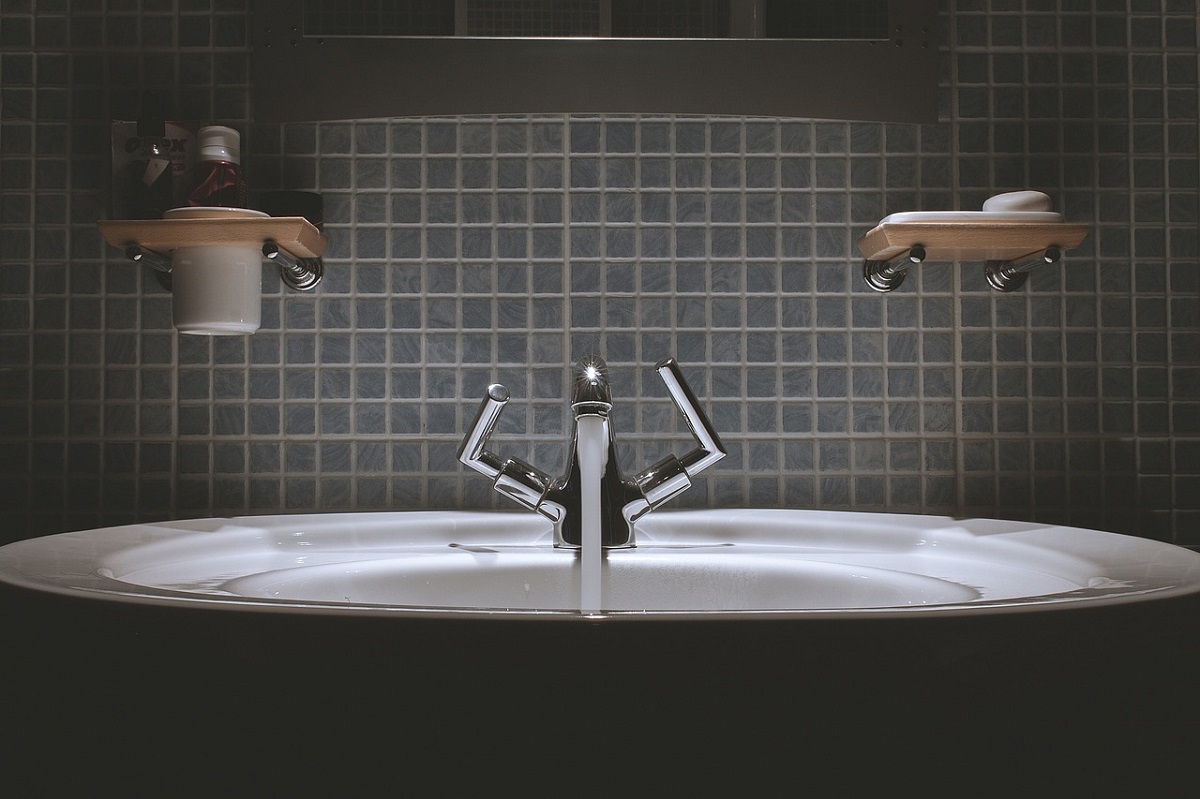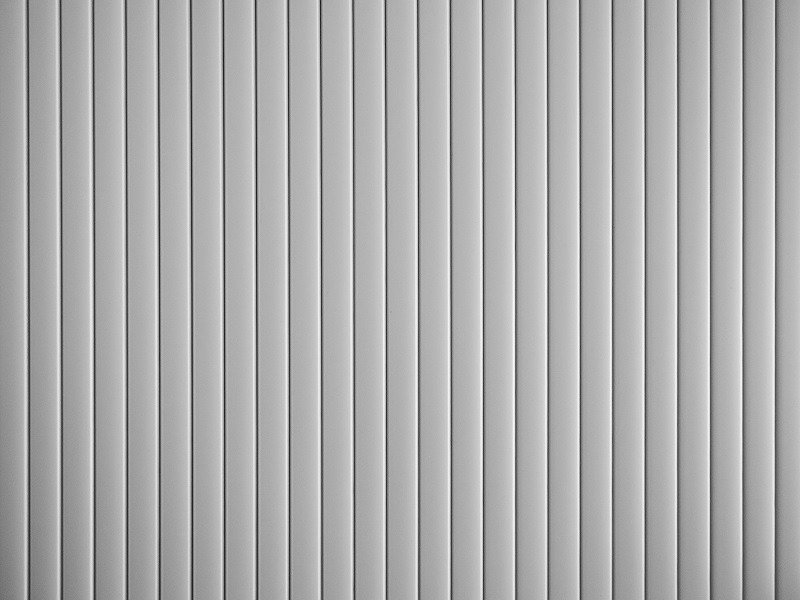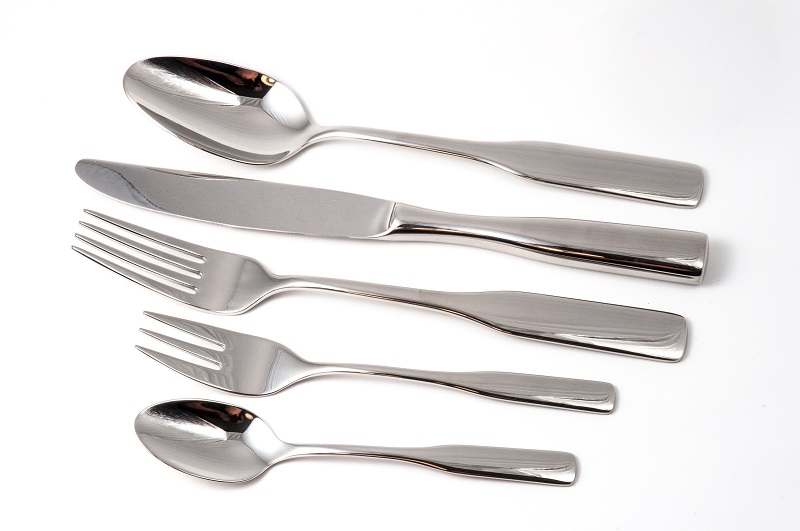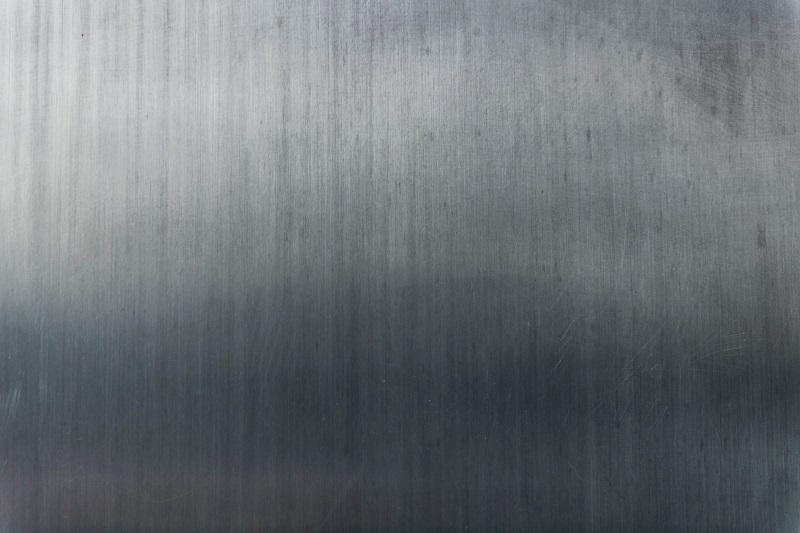What timeless stainless steel accents can you have in your home?
- Grilles
- Stainless steel sinks
- Trash Bins
- Kitchen countertops
- Steel stools
If you want to bring out the colors of your home, you’ll need to match every detail with the right accents. In the Philippines, stainless steel is often used to add a dash of elegance in homes. Stainless steel is known to bring out the best in your home. This material looks classy, sophisticated, and charming. Here are some timeless accents for your home with the use of stainless steel:
Grilles
Grilles have many useful uses for a house and are also perfect as wall ornaments. You can make use of grilles as stainless steel accessories on your porch or as a welcoming ornament at your front door. Fabrications shops or art stores in the Philippines with stainless steel sell grilles with intricate and beautiful designs.
Stainless steel grilles are best applied on houses with a minimalistic theme. Those who have a rustic-themed home may use steel grilles with darker colors to highlight the countryside feel of the houses. You can group the grille of your home on a long bare wall to maximize the blank spaces of your home.
Stainless Steel Sinks

Your plumbing fixtures are a big deal when you want to follow a certain theme. You wouldn’t want to leave this part of your home untouched. Making use of stainless steel sinks and other plumbing fixtures add a touch of sophistication in your home. Stainless steel sinks will match perfectly with any home theme.
If you own a home with white walls and marble bathroom tiles, stainless steel fixtures are absolutely perfect for your home. Stainless steel accessories and plumbing fixtures give the impression of cleanliness, especially in your kitchen and bathroom/s. You can’t go wrong with these types of stainless steel accents, from shower hoses to faucets.
Trash Bins
Many homeowners don’t usually pay attention to the design of their trash bins. It may seem like a household item that most disregard, but if you’re want to make the most out of the accents of your home, then getting a trash bin that will match perfectly with the theme of your home will bring out the colors of your house.
You can swap out you cheap plastic trash bins for a simple yet attractive stainless steel trash bin. Stainless steel trash bins make for a creative décor in the rooms of your home. If you have a kitchen with steel or marble countertops, stainless steel bins will complement the grand design of your kitchen. This formula works well with your bathrooms as well. For the communal areas of your home, you can never go wrong with stainless steel trash bins.
Kitchen Countertops
In your kitchen, your countertops are a major factor in influencing the overall design of your cooking space. Stainless steel kitchen countertops have been regarded as timeless accents and top choices for its sophisticated appeal. Many contemporary homes nowadays make use of stainless steel countertops. Those who choose stainless steel countertops are inclined to make use of stainless steel appliances as well.
We suggest making use of dark colored furniture in your kitchen if you plan on making use of stainless steel countertops. This helps improve the lighting of your kitchen. There’s nothing classier than matching dark colored wood with stainless steel countertops.
Steel Stools

Who can ever go wrong with stainless steel stools? These types of stools are perfect for any home. Kitchens with stainless steel accents are perfect to pair with stainless steel stools. There’s nothing classier than a stainless steel stool. Even homes with a rustic or lodge-style design go well with stainless steel stools.
You can place these stools at the bar in your home to add a fine touch. You can even have them if you have high-standing tables or a tall front counter. Stainless steel stools make a great deal of being the perfect accent of any of your house’s living spaces. They don’t necessarily need to be stationed to a table. They do great on their own.
Key Takeaway
There’s nothing more inspiring than great design and living in a home with beautiful stainless steel accents. Making the most out of stainless steel for your home will help complement any splash of color in your home. You can ditch the use of inexpensive metallic spray and opt for stainless steel accents.
Making use of stainless steel will help make your home age beautifully. Timelessness can always be associated with this fine-looking metal. It looks clean, they can stand the test of time, and your home will always look ahead of its time, no matter how old it is or will be. There’s a reason why many interior designers always make use of stainless steel accents. It’s beautiful.













